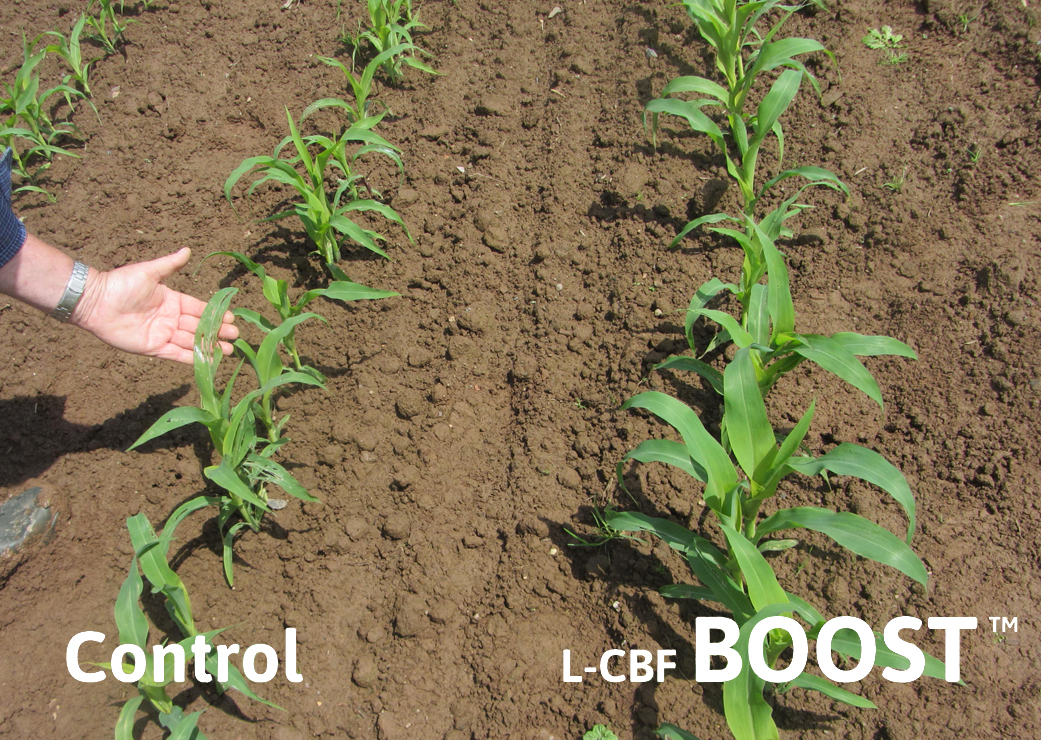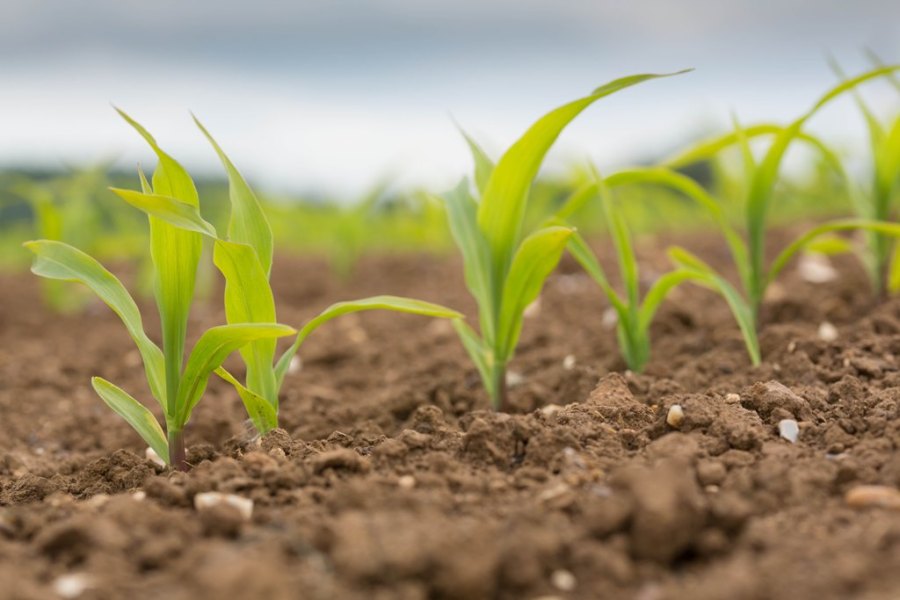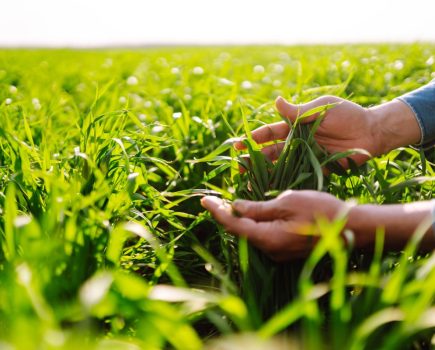As spring nitrogen applications get underway, CPM explores whether adding carbon can help get crops off the ground and away from pest and disease pressures.
By Tom Allen-Stevens
Including a liquid carbon-based fertiliser (L-CBF) in nitrogen applications can help stimulate soil microbial biomass and allow nutrients to be available to the plant for longer, according to George Hepburn of QLF Agronomy.
“The idea is to wrap applications in carbon,” he explains.
“This helps buffer the effects of what you’re applying and encourages the soil biology to work with you.”
The nutrients are embedded in molasses, essentially sugars, which are a very available source of carbon.
“It gives the soil bacteria a boost – a bit like a sugar rush – while there are more complex sugars that feed the soil fungi, such as mycorrhizae.”

In maize the UK trials showed yield gains of up to 11%, compared with the control treatment.
QLF Agronomy has recently added some more technical data on carbon-based fertilisers to its website.
There’s some useful background information on how it interacts with microbes and soil life, as well as technical information on how best to use it.
There are also a number of UK and US case studies giving grower experience of the products, and results of UK-based trials are available.
Harper Adams University’s (HAU) Crop Environment Research Centre, in conjunction with Maize Growers Association, conducted replicated trials on the L-CBF Boost in 2016 on maize.
In maize the trials showed yield gains of up to 11%, compared with the control treatment. There was also an increase in starch and M.E. in the treated crop.
The products are based on work carried out by Gary Zimmer, founder of Midwestern BioAg, who’s often seen as the pioneer of ‘biological farming’.
How to use it

A little and often approach works best, says George Hepburn.
George recommends applying between 20-40 l/ha of L-CBF Boost, which can be added to liquid fertiliser, included in herbicide and fungicides applications, or applied as a foliar feed.
“On maize and potatoes, you’d want to apply towards the top end of this dose, while cereals require a lower dose.
“Maize benefits most from early applications, to help stimulate root growth. Boost also helps break down manure applications, making the nutrients more available to the crop.
“As with many such applications, a little and often approach works best.”
A standard application of 20 l/ha costs in the region of £13/ha, so only a modest yield increase of 2% (crop dependant) will pay for the application, he points out.
L-CBF Boost key features:
- Stimulates soil microbial biomass and improves soil fertility
- Increases yield potential with a reduction in environmental impact
- Provides a complex carbon source to improve long term organic matter building
- Improves efficiency of nitrogen applications
- ‘Softens’ the impact of nitrogen fertiliser on the soil biology




